Operation Relator was a plan to use Special Forces, trained in guerrilla warfare, sabotage, explosives, firearms, survival training and the use of radios in the field to delay the enemy advance if Axis forces invaded Spain during WWII.
By Nick Nutter | Updated 13 Jun 2023 | Gibraltar | History |
Login to add to YOUR Favourites or Read Later
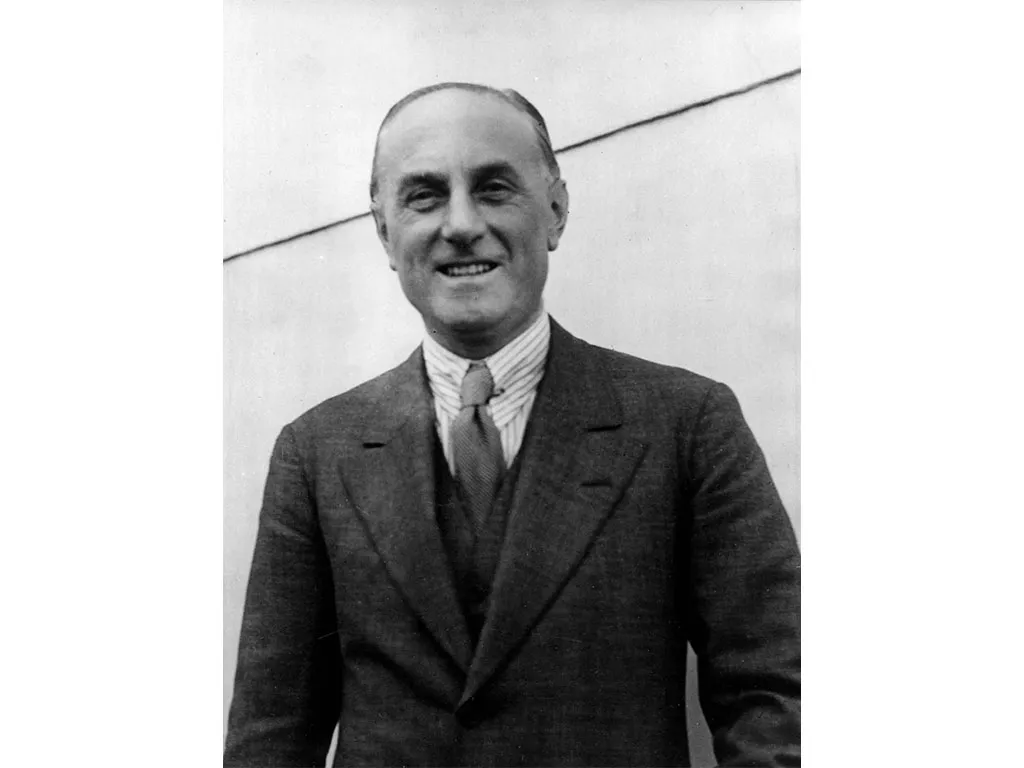
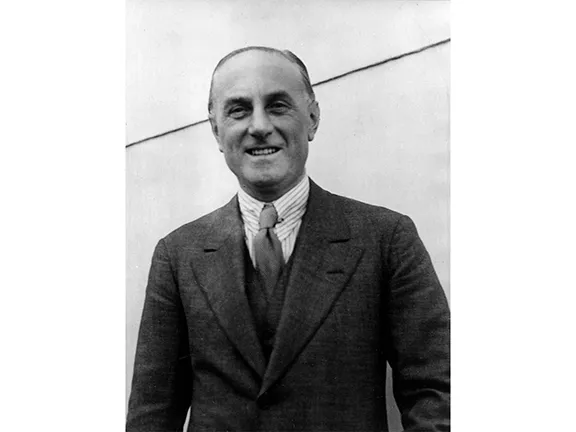
Sir Samuel Hoare
In the autumn of 1940, former Tory MP, Frank Nelson, took over as Chief of the Special Operations Executive. Seriously understaffed, Nelson appointed a group of commercial law solicitors from the London firm, Slaughter and May, as ‘middle management’. One partner selected was Hugh Quennell to run the whole of the Iberian section that included Portugal, Spain and northwest Africa. Quennell, then a second lieutenant in the Welsh Guards, joined SOE on the 2nd December 1940.
Quennell left for Madrid to decide what role SO2, the pro-active side of SOE, should take. The British ambassador, Sir Samuel Hoare, refused to allow any operations in Spain – he spent the early part of the war in a delicate position, constructively engaging with Franco in order to keep Franco neutral.
The Naval Attaché, Captain Alan Hillgarth, led the meeting and returned to London with Quennell to recommend to the War Cabinet that special forces were needed in the field to help deter any German advance through Spain. So was born Operation Relator.
In February 1941, with tacit approval given, Quennell returned to Gibraltar and acquired the Villa Lourdes for SOE with room to store 10,000 lbs of gelignite and 700 lbs of plastic explosive that would supply French Resistance or Spanish and Moroccan guerrillas should the Germans invade Spain or Spanish Morocco.
By the 9th March 1941, Quennell was back in the UK, staying at the Lochailort Inn near the Special Training Centre 25 at Inverailort Castle in the west of Scotland. The castle was used for training commandoes and SOE personnel. Nineteen officers from different regiments but all with various backgrounds in Iberia, including Austin Baillon, John Burton, Arthur Fletcher, Charlie MacIntosh, E.E. Montgomery, Peter Musson, George Quiney and J.A. Robert, had been seconded to SOE, promoted to the rank of captain, and supplied with Royal Engineers uniforms. Seven sergeants from the Royal Corps of Signals complete with two Packard radio cars and three suitcase radio sets also attended the course. One of these men was Peter Kemp who had fought for the Nationalists during the Spanish Civil War and who had been sent to northern Spain in June 1940 working for Military Intelligence. After the war, Kemp would produce his autobiography that included details of Relator operations. Their immediate commanding officer was Lieutenant Colonel A.E. Hutcheon.
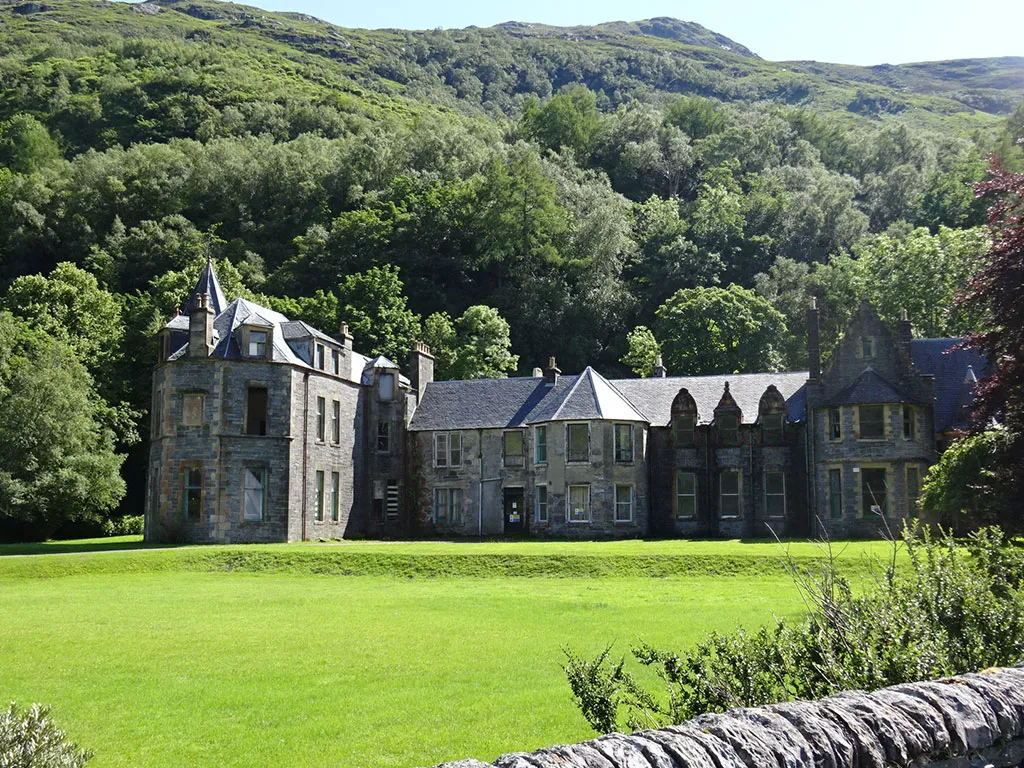
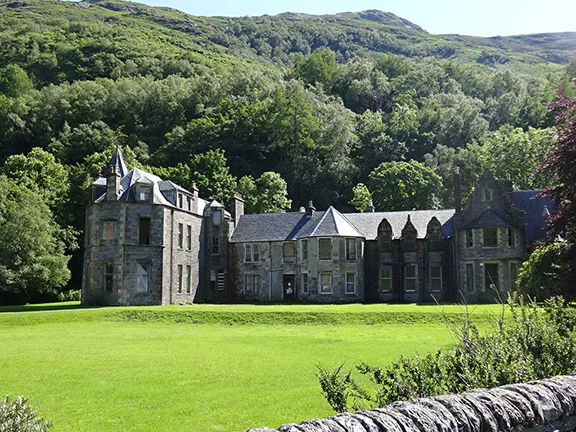
Inverailort Castle
The four-week course at Inverailort Castle started with an induction into the political situation in Spain delivered by Harold Adrian Russell "Kim" Philby, the notorious Soviet Agent unmasked in 1963 as one of the Cambridge Five. Philby at that time was on the Iberia desk of SIS counter-espionage and already supplying his Soviet masters with information. The remainder of the course was more practical and included guerrilla warfare, care and use of explosives, firearms training, survival training designed to equip them to survive behind enemy lines and the use of radios in the field.
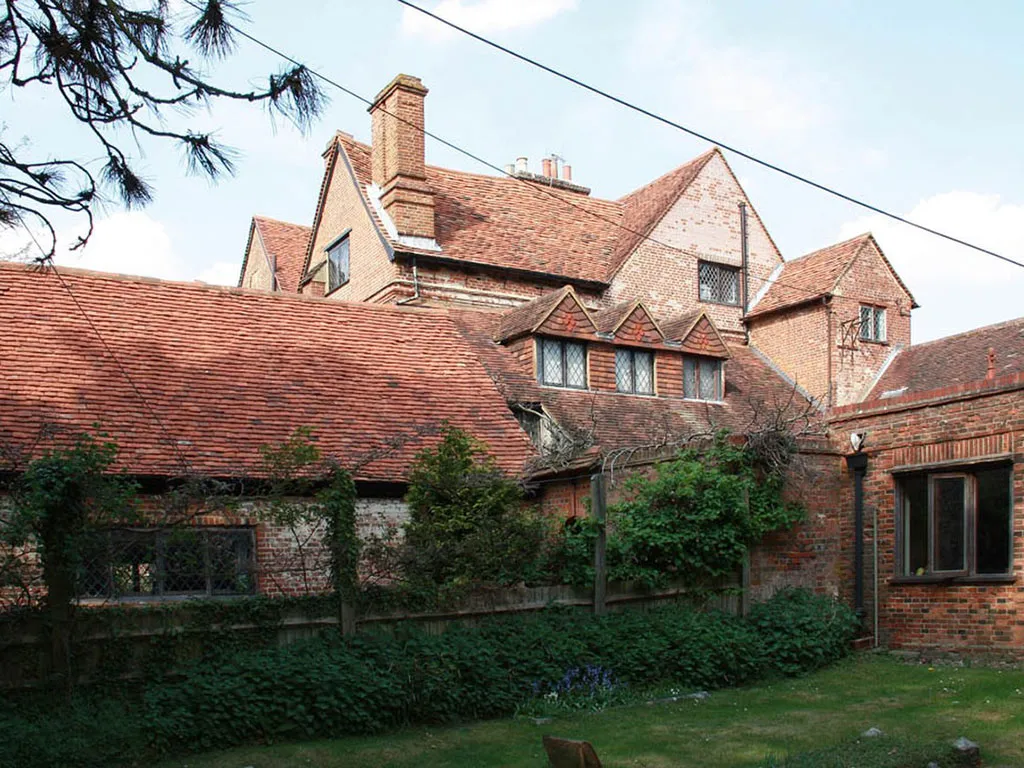
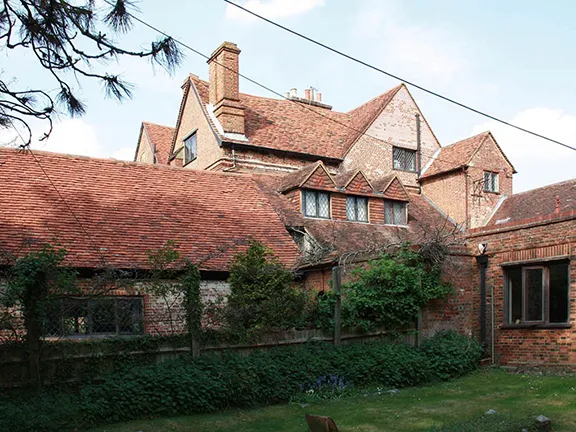
Wanborough Manor
After a week at the SOE training camp at Wanborough Manor, the Relator team boarded the Special Operations ‘Q’ ship, HMS Fidelity and arrived in Gibraltar on the 20th April 1941. The SS Adjutant arrived somewhat later with their stores, lorries and sten guns. Quennel travelled separately, by air to Madrid and then by car to Gibraltar. The Relator team took up residence in the Villa Lourdes.
The team were keen to get started but until and unless Spain entered the war, they were somewhat thwarted. In May 1941, Hugh Quennell, perhaps more ‘gung ho’ than the stereotypical solicitor, put forward a scheme to blow up the Algeciras to Tangier ferry that was being used to transport German agents disguised as allied soldiers. He was denied permission to facilitate what he thought would be a ‘very satisfactory accident’.
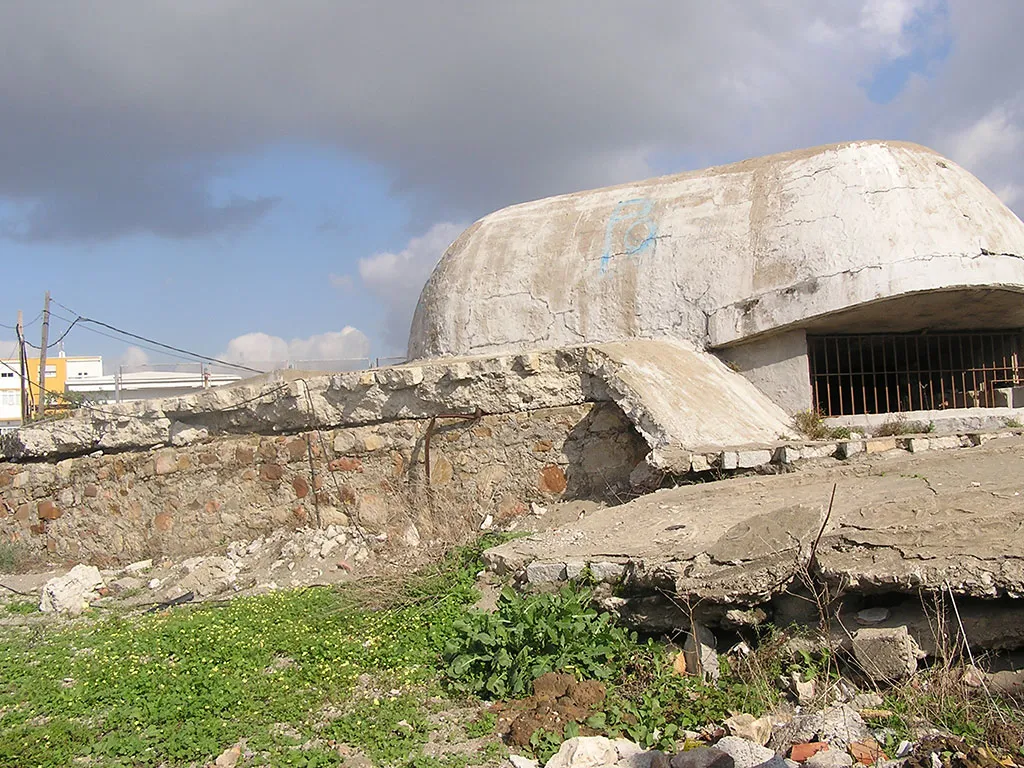
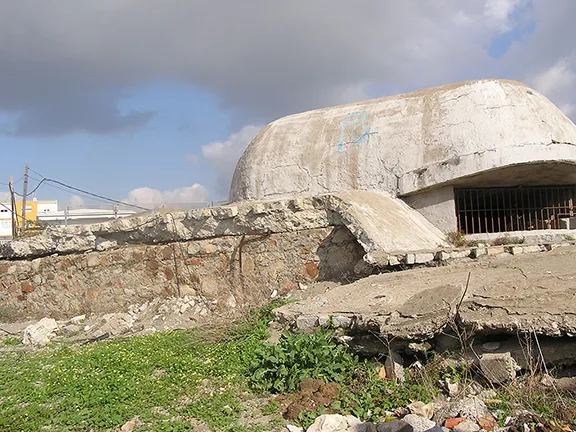
Spanish WWII Bunker in La Linea
In the event that Germany invaded Spain, one of the objectives of the Relator team was to sabotage the Spanish fortifications known as Franco’s Plan of Fortifications of the Southern Border. These fortifications consisted of bunkers, anti-aircraft guns, command posts, tunnels and gun emplacements and ran along the coast from Huelva to Málaga. The section opposite Gibraltar in the Sierra Carbonera, behind the frontier town of La Linea de la Concepción, mounted howitzers and artillery that directly threatened Gibraltar.
Captain Charlie MacIntosh was given the task of demolishing the guns between Tarifa and Málaga. To that end he was helped by an American OSS agent called Carleton Coon. The pair experimented with shaped charges and came up with an ingenious idea, small charges shaped like mule dung that would explode if run over by a vehicle. Coon actually gathered a consignment of mule turds on one of his trips to North Africa and shipped them off to London where the SOE copied the shape and colour and produced Plaster of Paris copies packed with plastic explosive and a detonator. They proved quite effective on the roads in enemy occupied North Africa and word of mouth soon had all Axis drivers carefully driving round dung whether it was real or not.
Carleton Coon clearly enjoyed his time with the SOE agents. He later recorded their desire to make things 'go bang' and their love of practical jokes. A favourite prank was to explode a length of detonator cord beneath the seat of unwitting visitors to Villa Lourdes.
Lack of any real action allowed the Relator team to become bored and they began to undertake some dubious and hair-raising missions beyond their brief. Banned from operating in Spain itself, they turned to North Africa. In the summer of 1941, Captain Montgomery (no relation to Field Marshal Montgomery of Alamein) and Captain Robert were picked up in Algeria and incarcerated in the Vichy prison camp at Laghouat in the Sahara desert. Just what they were doing in Algeria is not recorded. There is a suggestion that they were eyeing up the Tunisian railway system with a view to blowing it up.
Soon after arrival on the Rock, one of the original Relator offices, Peter Musson decided to alleviate his boredom, and provide a service useful to SOE, by getting into the smuggling trade. Effectively, SOE took over the tobacco smuggling trade between Gibraltar and Spain. The chief Gibraltarian smuggler, Jose Herrera Saavedra and his supplier, the legitimate trader, L.M. Serruya, were ‘taken care of’. In other words, officialdom, customs, police and so on were paid to turn a blind eye to their activities. As a bonus, Musson also arranged for any tobacco seized from other smugglers to go into the Saavedra ‘pot’. The Herrera fishing fleet continued its nocturnal activities, fishing and transporting Brazilian tobacco leaf to the shores near La Linea. In return for increased profits and protection, Herrera’s return trips often had a passenger or two, people that SOE wanted to exfiltrate from Spain discreetly. These included agents, resistance fighters, radio operators and couriers. These ‘smuggling trips’ never included normal escapers and evaders who might inadvertently compromise the operation.
In June 1941, Edward Wharton-Tigar joined the Relator team. Edward was a mine manager who had been expelled from occupied Yugoslavia. He had been spotted by Hugh Quennell whilst on his way through Gibraltar enroute for England. Quennell put him in Tangier, then in Spanish Morocco, in an office next door to Colonel Toby Ellis, the SIS representative. Wharton-Tigar was given access to funds and charged with recruiting would be saboteurs.
During the night of the 10th January 1942, a 36 lb block of plastic explosive was placed beneath the supporting pillars of a clifftop house at 4, Rue de la Falaise, Tangier. The resulting explosion collapsed the villa, supposedly killing eight people, including a Greek sailor called Kiriacos and injuring Kiriacos’s wife, Carmen Ortiz. The explosives had been smuggled into Tangier in the diplomatic bag going between Gibraltar and the British Consulate in Tangier.
Wharton-Tigar and Quennell took credit for the operation. The villa had been purchased by German Intelligence and the German Consulate had paid 22,000 francs to have an observation platform built onto the house. From the platform, observers could monitor shipping in the Strait of Gibraltar. The newspaper España, described the villa as a ‘Nazi spy post’ and ‘an Axis spy nest’.
Later, while still working for the SOE, Wharton-Tigar organized black-market trading in currencies, jewels and other valuables in Asia on an unprecedented scale, financing much of the Allied cause in that part of the world.
On the 18th January 1942, the Germans retaliated. Two Spanish workers, non-attributable agents for the Abteilung sabotage section, planted a bomb amongst the depth charges on the deck of HM Trawler, Erin which was moored at the detached mole in Gibraltar habour. An enormous explosion sank the Erin, severely damaged HM Trawler Imperialist and fatally damaged HM Trawler Honjo. Five British sailors, including a sub lieutenant standing watch on the aircraft carrier HMS Argos moored nearby, were killed.
Later the same month, Quennell travelled to Casablanca on the Special Operations Q ship, Vega, to encourage a team of recruited French agents to destroy nine thousand tons of rubber bound for the Axis forces. On their return, Quennell and the crew were arrested (and later released) for not having the correct papers.
Elated by his Tangier success in January, Quennell devised a more ambitious scheme. 6 limpet mines,12 railway detonators, 7lbs of guncotton and 4 detonators were packed into a luggage trunk which, along with nine other bags, were all labelled to the British Consul General in Tangier. On the 6th February 1942, the diplomatic bags were taken to the Bland Line mail packet ship, SS Rescue, that had then transported them to the dock in Tangier. At 5.35pm that day, as the Rescue was due to sail back to Gibraltar, there was a huge explosion. Fifteen people were killed; five British subjects, including four Gibraltar Security police officers who guarded the consulate, and ten Moroccans. That the bomb was British was not in doubt since the explosion blew one of the diplomatic bags into the air, from which British sheets of propaganda, written in Arabic, fluttered down to the dock. The event became known as ‘the Tangier bomb incident’.
The following day, Sunday 7th February, Moroccan youths started to rampage through Tangier in a violent anti-British riot whilst the Spanish police stood by without interfering. Order was only restored after a ‘state of siege’ had been declared.
Hugh Quennell immediately alleged that he was the target of Axis agitators in retaliation for the January bombing. This is actually the version of events recorded by David Sherr, working in the Defence Security office in Gibraltar. It was only many years later that the truth became apparent in files released by the Colonial and War offices.
A Board of Enquiry, set up in Government House on the 14th February, was unable to determine whether the explosion was due to inadequate packing, rough handling in transit or outside agency. The SOE operators were chastised for their lack of organisation, procedures and adequate training. In any case, further operations in Spanish occupied Morocco were vetoed due to possible political consequences that could bring Franco into the war on the Axis side.
As the threat of a German invasion of Spain diminished through 1942, the Relator team on Gibraltar were twiddling their thumbs and becoming thoroughly bored. Many were returned to their regiments and Operation Relator finished with a fizzle rather than a bang.